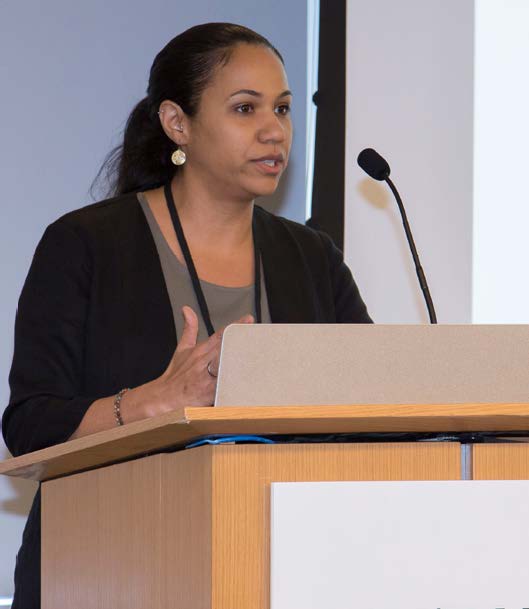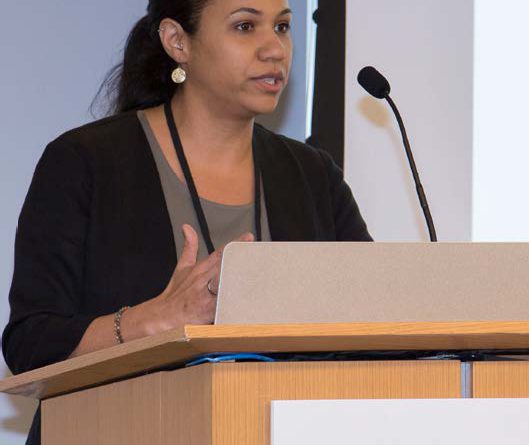The Impact of Business Improvement Redesign

In November 2015, the Management Services Department established a Business Improvement Unit, headed by Senior Administrator Chloe Gutelle, to lead business process redesign (BPR) projects. The initial focus is on assessing Skilled Trades operations beginning with exterminators, then plumbers, plasters, and painters.
BPR is not a new concept to NYCHA and is currently used by many departments. Many companies also use BPR to evaluate and redesign their business processes to enhance performance and organizational effectiveness, reduce costs, and improve the customer experience. This is achieved by structuring processes around defined outcomes.
BPR has two major components: analysis of the current operation and development of a streamlined model.
Redesigning business processes is an important part of continuous improvement, but it’s never an easy thing to do. When you are used to performing tasks in a certain way, it may be challenging to take a step back and evaluate the purpose and effectiveness of work being performed. Explaining to staff the benefits of improving businesses processes, as well as the importance of their participation in making improvements, are key to a BPR project’s success.
“I sat at weekly meetings where staff discussed proposed changes,” said Denise Torres, technical resource advisor for pest control. “The increased communication with residents on how they can prevent infestations, and other changes we discussed, can really improve residents’ quality of life.”
Utilizing this approach, the Business Improvement Unit assessed the current state of the exterminator operation and identified quick wins and long-term projects to improve performance.
The overall goals for the Exterminator BPR include:
• Significantly reduce backlog
• Improve staff productivity and utilization
• Reduce wait times for an exterminator appointment
• Institute exterminator routines to proactively treat apartments for pests on a regular schedule.
Since initiating the Exterminator BPR, significant progress has been made. To date, average wait time for an appointment was reduced from 8.6 days to 4.2 days and the backlog was reduced by over 50 percent.
“BPR is NextGenerationNYCHA. By redesigning our processes we will transform the way we do business to ensure that we are an effective landlord,” said Chloe Gutelle.
This summer, NYCHA will soft launch the BPR for routine exterminations, preventing infestations and enhancing customer service. Once allprojects are fully implemented, NYCHA is expecting to see increased productivity and staff utilization, along with better training and communication to staff, and improved customer service.







